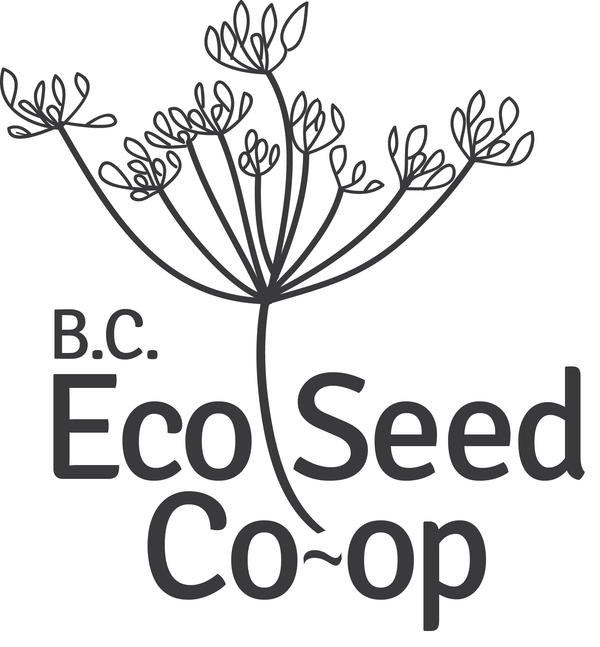What is a native plant?
Native plants are plants that have evolved where they are growing over thousands of years. Over that time these plants have evolved alongside all of the other plants, animals, insects, people and other forms of life in the area. They have adapted themselves to the specific environmental conditions of the area. Over that time native plants have developed strong and complex relationships with the life around them.
Why grow native plants?
Resilience
Native plants are adapted to their environment. These plants often require very little additional care, especially once established. While watering the plants in their first year, and at times during the extending summer heat waves can be beneficial, native plants, if planted in the right spaces, do not require regular watering.
Pollinators
Having co-evolved with the life around them, native plants have complex relationships with their world that can support their environment. Native plants are often best adapted to support both a large number of and diversity of pollinators. If you’re looking to help save the bees, native plants are the plants for you! For more information on native pollinators and plants check out the Pollination Ecology Lab at SFU and BC Native Bees.
People
These co-evolved relationships aren’t just with pollinators but also with indigenous peoples. Many native plants have deep relationships with indigenous peoples, often with plants and people supporting each other. Camas, for instance, is a staple food for many Coast Salish peoples providing a valuable source of carbohydrates. Camas also benefits from that relationship, with harvesting providing aeration to the soil, additional fertilizer such as seaweed being added and cultural burnings all contributing to health and success of camas plants. To learn more about the relationship between camas and Coast Salish peoples, check out Food Security is what is Indigenous to Our People.
Colonization has led to a great loss of many native plants and the relationships they sustain. The introduction of new crops, land appropriation, the spread of invasive species and the removal of indigenous people from their lands and stewardship practices has led to a large decline in native plants.
Growing native plants can not only be a way of having beautiful low maintenance plants but can also be a small action to help return the diversity of relationships they support.
How do I grow them?
Growing native plants from seeds can be quite different than growing more cultivated seed.
As a general rule, native seeds are best planted in late summer or early fall. Many native seeds, including common camas, require cold stratification. This means that seeds must spend time in both moist and cold conditions for some time (often months) before they can germinate. This strategy is an adaptation to help ensure that native plants can successfully germinate at the right time of year. Other seeds, such as lupines, will germinate in the early fall but stay small during the winter building a strong root system to support the plant during the upcoming spring and summer.
Patience is the name of the game for native seeds. Native seeds can also be less consistent in their germination than more cultivated seeds. As such, it is possible that seeds may not germinate in their first year. However, these seeds can sometimes germinate in subsequent years if conditions are right. In addition, many native perennial plants can take multiple years before they begin producing flowers.
Tips for planting out native seeds:
- Sow your seed in the Fall, as Nature would. If you don’t want to be patient, then putting your seeds in some damp soil in the fridge for 4-6 weeks can also help germination as they benefit from a cold period.
- While there are technical tips that can be followed for each native species, we find generally good success by sowing seeds in a pot of sterilized potting soil in early Fall, and sinking the pot or tray into the ground in your garden where it can stay for 1-3 years.
- Cover your seeding tray/pot with a fine wire mesh to keep out mice, squirrels, rabbits, cats and other critters who may want to nibble seedlings or dig up the nice potting soil.
- When seedlings emerge in the Spring, prick them gently out with a fork once they have two sets of leaves (this indicates good root development so they survive transplanting better), then transplant them to their final location and water in well.
- Leave the pot in place, and over the next couple of years it’s easy to continue pricking out new seedlings to transplant as they emerge.
Ready to get growing? Take a look at our BC Native Seed collection!

